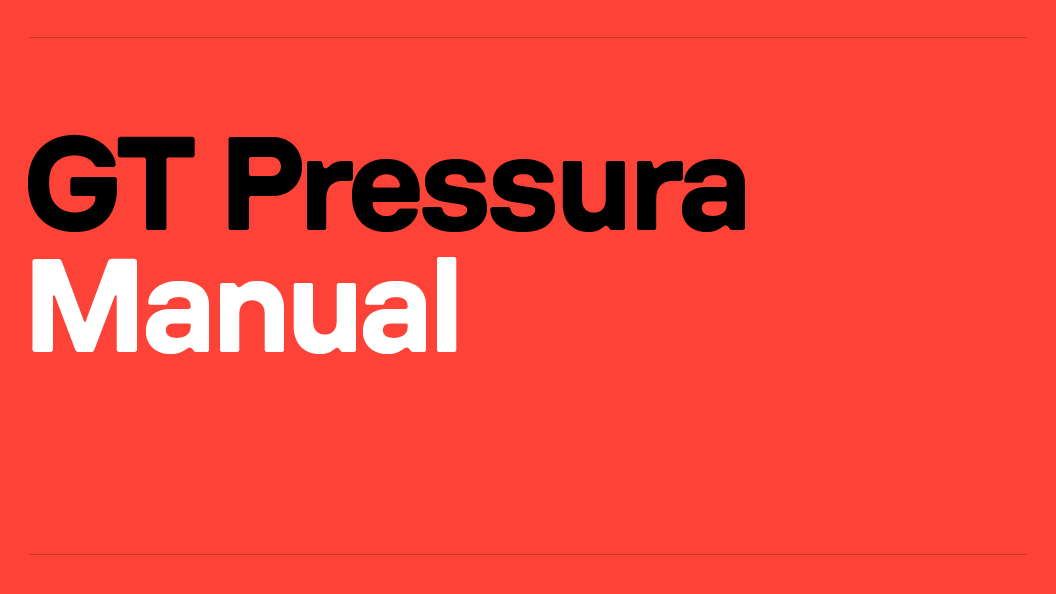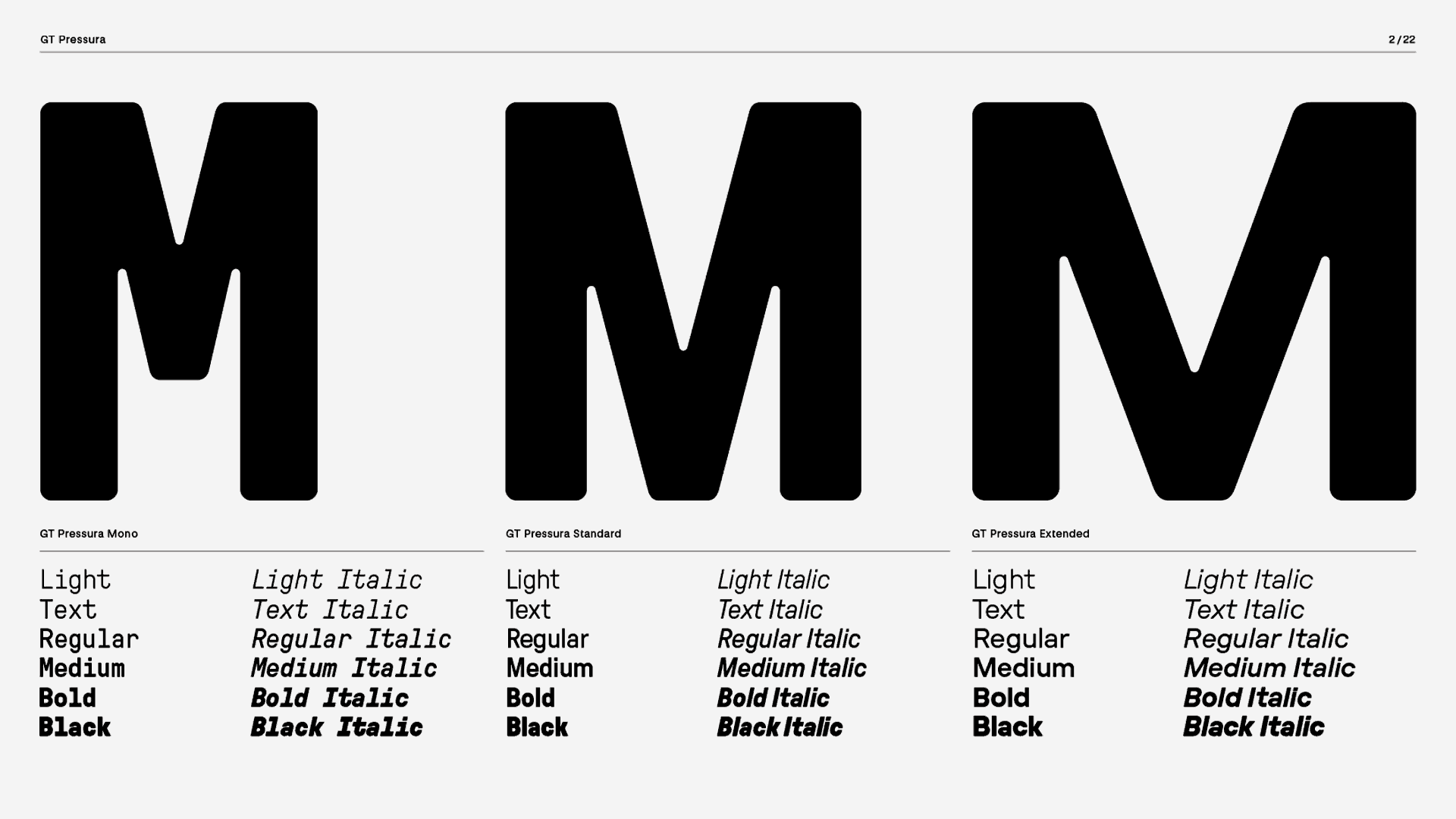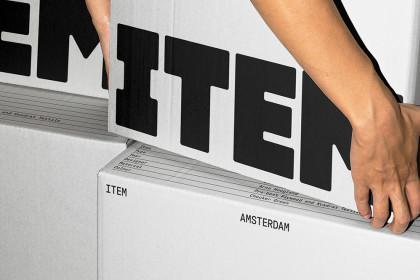GT Pressura
Family overview
- Standard
- Light Italic
- Text Italic
- Regular Italic
- Medium Italic
- Bold Italic
- Black Italic
- Mono
- Light Italic
- Text Italic
- Regular Italic
- Medium Italic
- Bold Italic
- Black Italic
- Extended
- Light Italic
- Text Italic
- Regular Italic
- Medium Italic
- Bold Italic
- Black Italic
Subfamilies
- Standard LightFragile, Keep Dry (with Broken Glass & Umbrella Graphic) 18" Image, 24"×24" Sheet
- Standard Light ItalicThe more populous northern part of the country, comprising
- Standard TextКонтейнер, жүк сандық-кебеже көлік үстінде бекітілген құрылғысы бар, оңай шешілетін, жеңіл алынып салынатын, әдетте пломбаланып жабылатын жүк салынытын кебеже.
- Standard Text ItalicChipping around - kick my brains around the floor
- Standard RegularUm ba ba be
- Standard Regular ItalicКонтейнер, жүк сандық-кебеже көлік үстінде бекітілген құрылғысы бар, оңай шешілетін, жеңіл алынып салынатын, әдетте пломбаланып жабылатын жүк салынытын кебеже.
- Standard MediumCapacity, and up to 3.1 by 2.3 by 2 metres
- Standard Medium ItalicBy the 1830s, railways on several continents were carrying containers that could be transferred to other modes of transport.
- Standard BoldJust like cardboard boxes and pallets, these containers are a means to bundle cargo and goods into larger, unitized loads, that can be easily handled, moved, and stacked, and that will pack tightly in a ship or yard.
- Standard Bold ItalicNgười vận tải, hay người chuyên chở (carrier): vận chuyển hàng từ điểm giao đến điểm nhận theo hợp đồng vận chuyển.
- Standard BlackДо 2002 г. също поддържа основната част от железопътната инфраструктура в страната, която тогава е отделена в Национална компания Железопътна инфраструктура.
- Standard Black ItalicResulting economic collapse and drop in all modes of transport.
- Settings
Typeface information
GT Pressura is inspired by metal type printing history as well as engineered letters stamped onto shipping boxes. It uses the visual gesture of ink spreading under pressure as a stylistic device, offering an alternative to more spindly typefaces of the digital age.
Typeface features
OpenType features enable smart typography. You can use these features in most Desktop applications, on the web, and in your mobile apps. Each typeface contains different features. Below are the most important features included in GT Pressura’s fonts:
- TNUM
- Tabular Figures
13.07.2048
- SS01
- Alternate a
React
- CASE
- Case sensitive forms
¿TE GUSTA?
Typeface Minisite
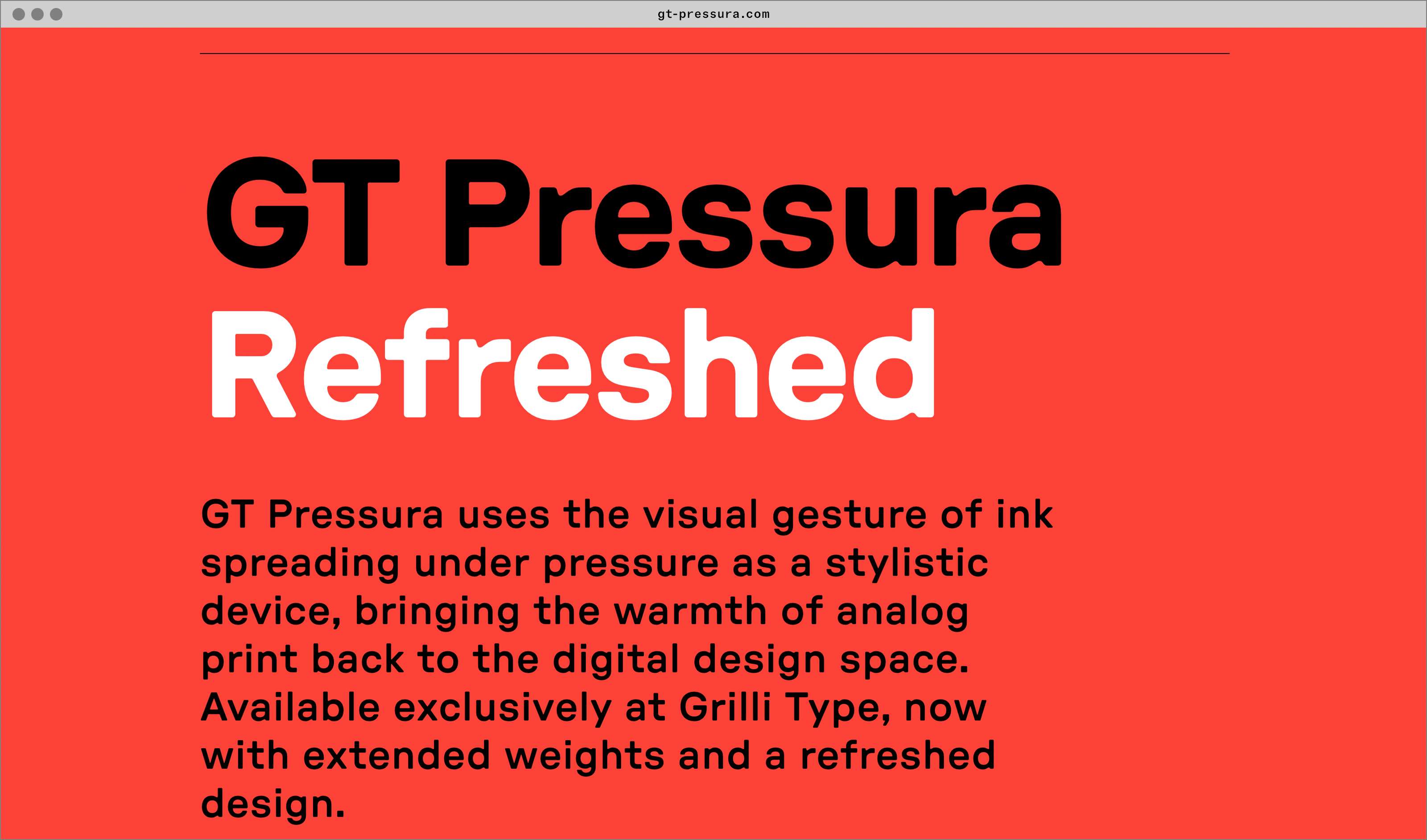
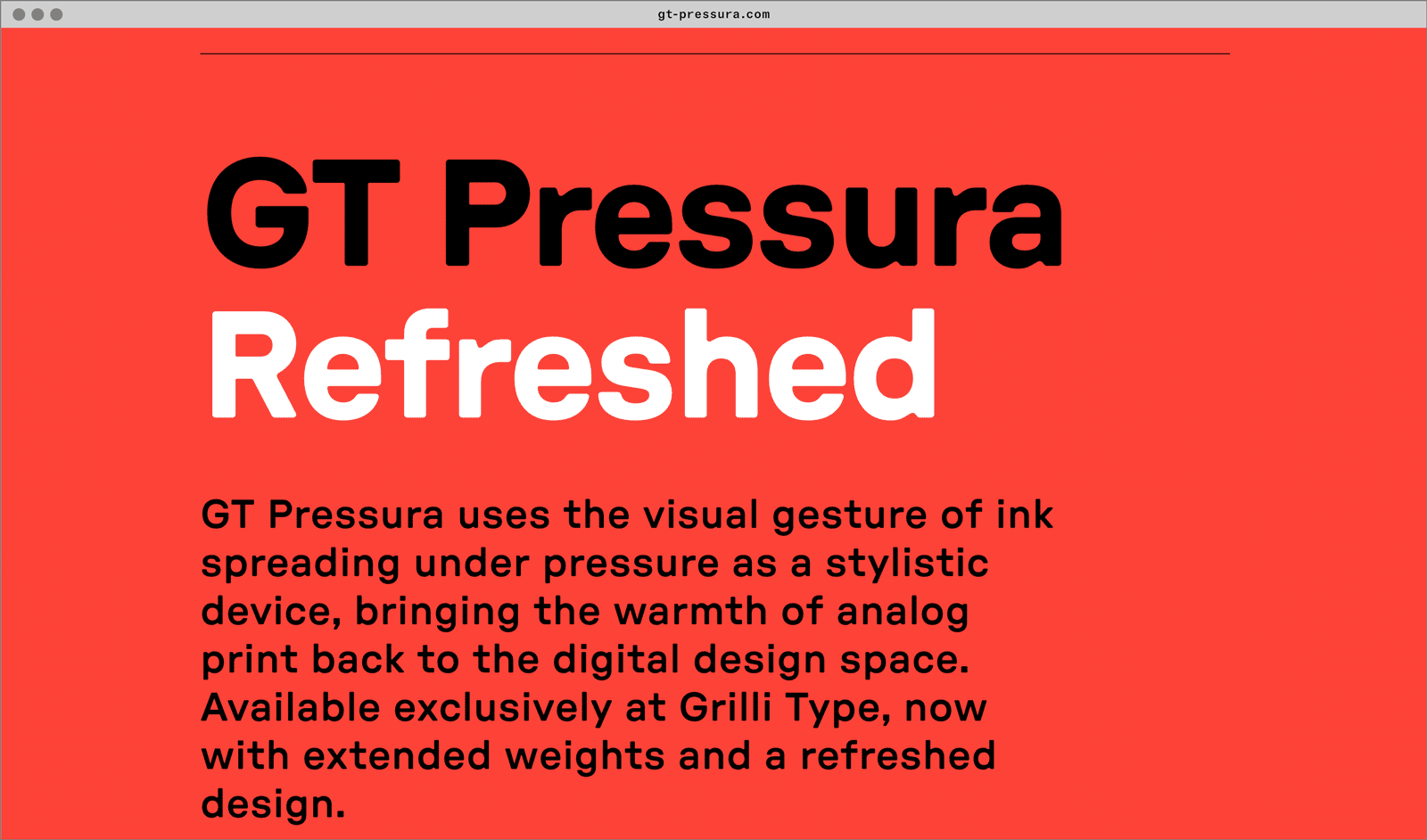
- Visit the GT Pressura minisite to discover more about the typeface family’s history and design concept.
GT Pressura in use
